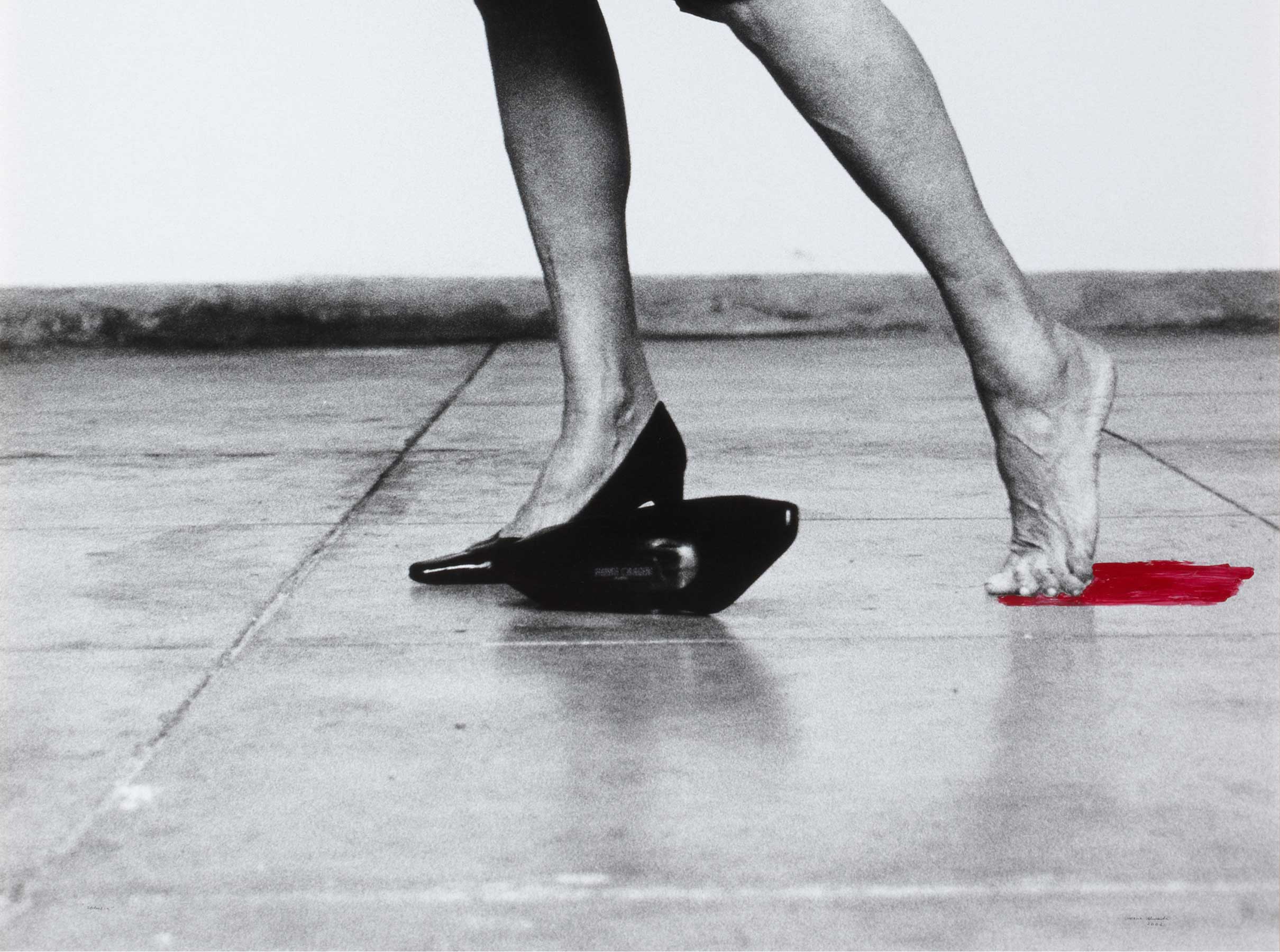Inventario (mares) [Inventory (seas)]
- 2013
- Digital print on paper
- 150,3 x 105,5 x 5 cm
- Edition Única
- Cat. F_158
- Acquired in 2013
Since the 1990s, Aballí has embraced a pictorial technique based on the idea that painting has run its course. He has reached beyond its boundaries in order to question the meaning of painting, relate to its language in a different way and foster representation through negation. He refers to things through their absence, where the aim is for viewers to fill in the gaps left by the works with their own experiences.That decision alludes to the complexity of the everyday, as well as to the quantity and variety of nuances involved.
As a lover of work produced without touching, by means of an autonomous process or through neglect, Ignasi Aballí is driven to continue on the path of inaction by his refusal to be productive, along with a desire to question the oversaturation of images, pursue the act of wasting time, reflect on restraint, resist-without-doing-anything and put forward contradiction as a starting point. In other words, doing without doing, making films without filming, photographs without a camera and pictures without painting.
As a result of his passion for collecting and classifying everything which characterises and gives meaning to our life, Aballí came up with Errors (Errors-I) (2001), a series of proposals that produce a work from the errors committed during the creative process and which often end up in the bin. The Banco de España also has two works belonging to the Disappearances project (2002), a set of sixteen film posters and a screening designed for an exhibition at the Reina Sofía. The starting point is the work of Georges Perec. Aballí adopts the usual resources of the French author and filmmaker, such as the obsession with order, the creation of archive criteria and establishing categories to itemise everyday activities. Inventory (seas) (2013), which uses photographs of the seas published in the El País newspaper between November 2012 and November 2013, and the Pantone mix Biographies (2001), which has colours named after the artists who created them, are in that same vein.
Other works by Ignasi Aballí

![Inventario (mares) [Inventory (seas)]](/f/webca/INF/assets/img/fff.png)